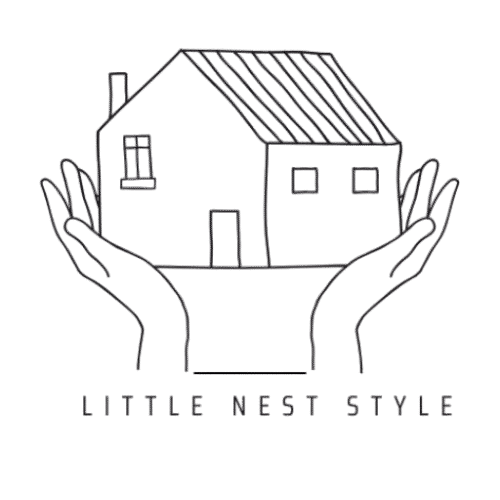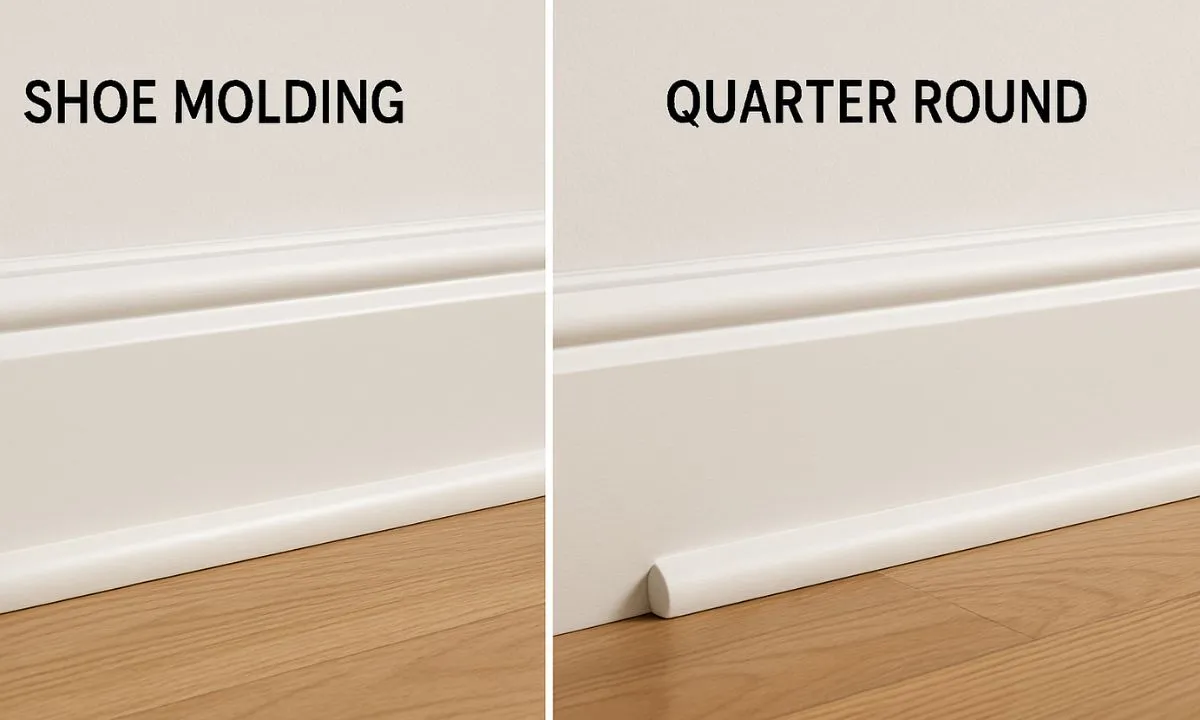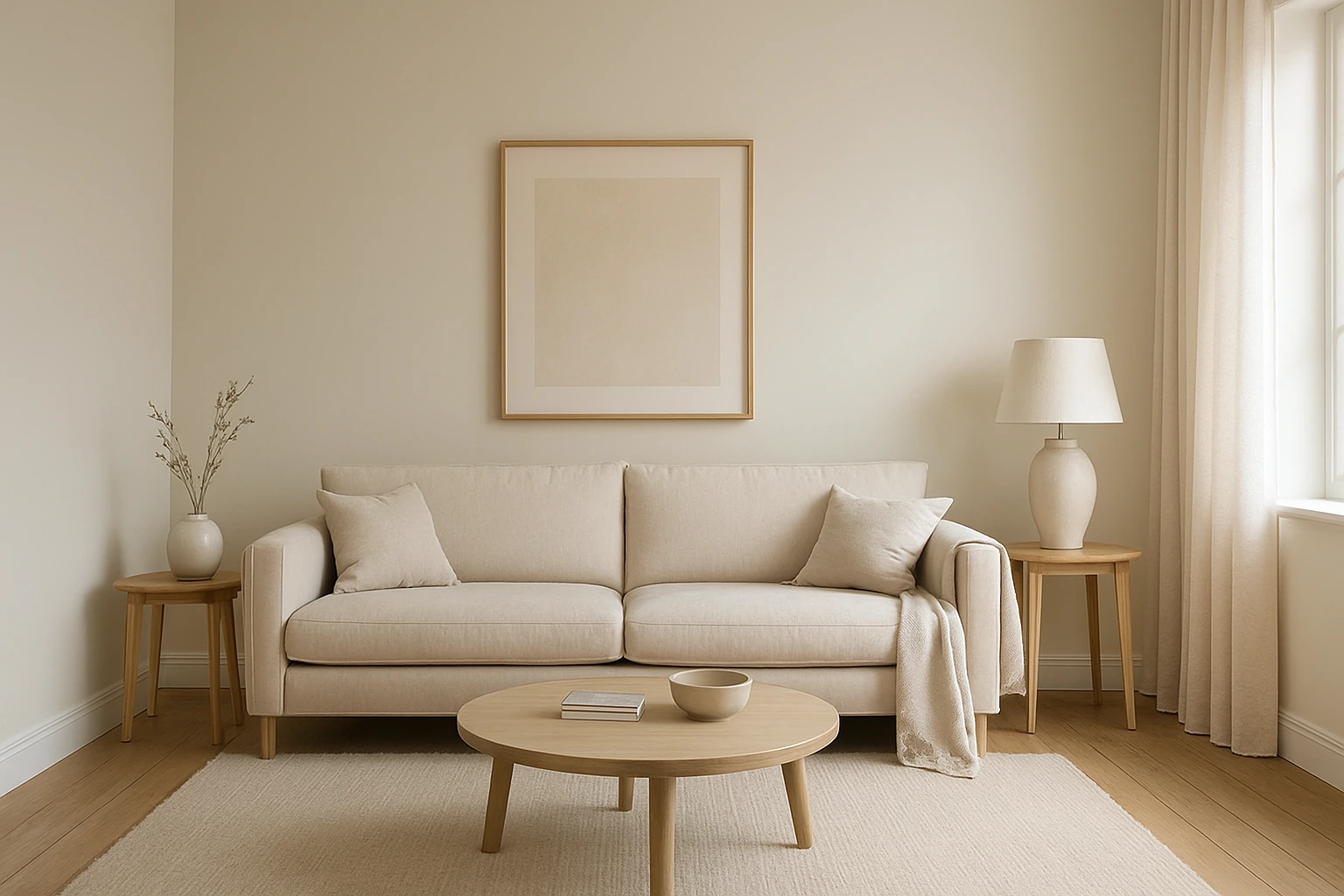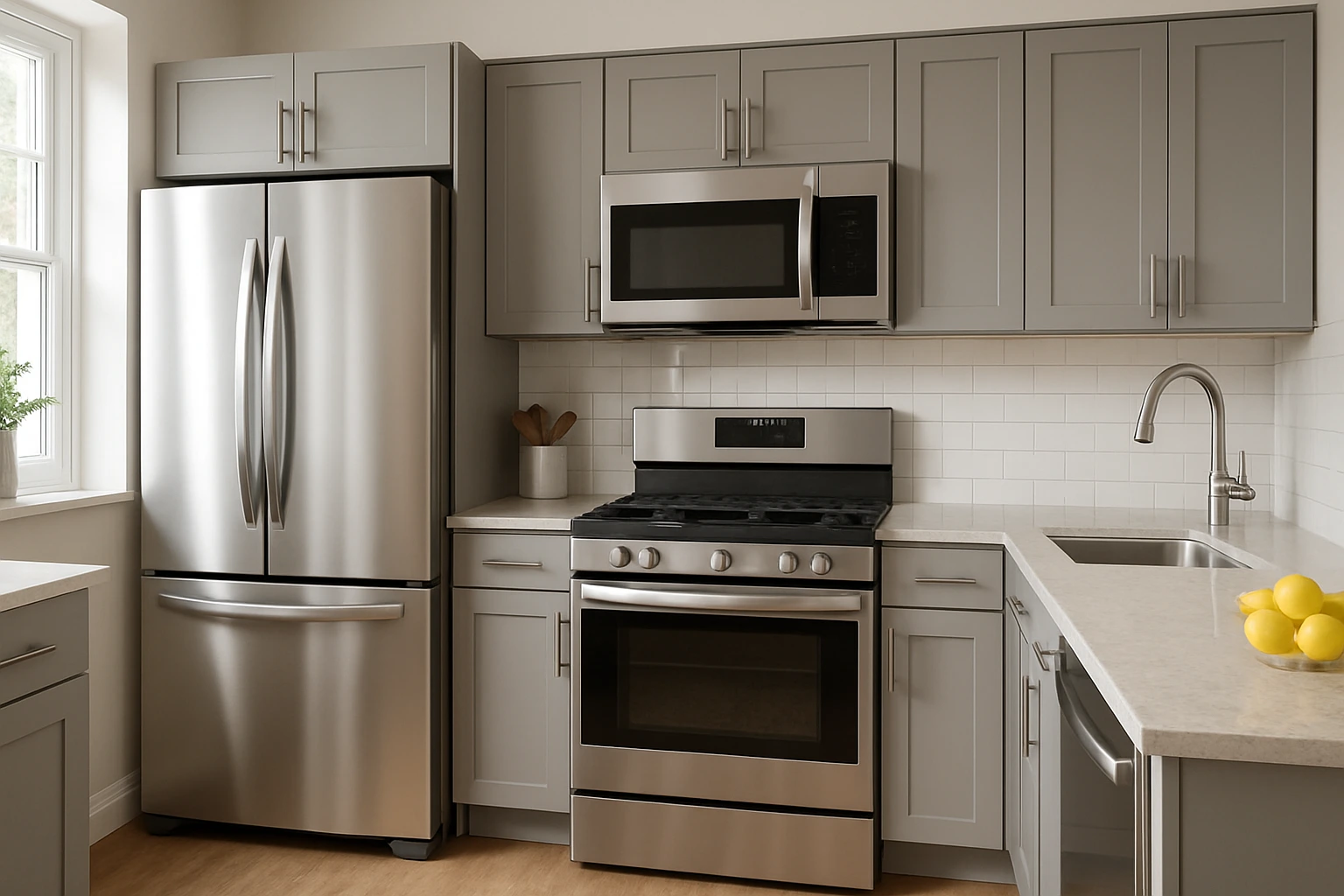Many homeowners encounter the shoe molding vs quarter round decision while completing interior trim projects. Both trim options fulfill comparable roles yet provide unique visual appeal and practical advantages. Grasping the quarter round vs shoe molding distinctions enables you to select the optimal choice for your particular project requirements, financial plan, and style goals.
Understanding the Basics: Shoe Molding vs Quarter Round

The shoe molding vs quarter round comparison often leaves homeowners uncertain about the best option for their renovation. These trim materials perform similar tasks while maintaining unique features that distinguish one from the other. Quarter round vs shoe molding conversations commonly emerge during home improvement work since both products look remarkably similar upon initial inspection.
Their key distinction centers on profile shapes and attachment techniques. Shoe molding generally has a flatter rear section that rests smoothly against wall trim, whereas quarter round keeps a uniform curved design throughout. Recognizing these core variations enables property owners to make knowledgeable choices regarding their interior completion work and guarantees successful outcomes for their particular needs.
Design and Installation Differences Between shoe molding vs quarter round
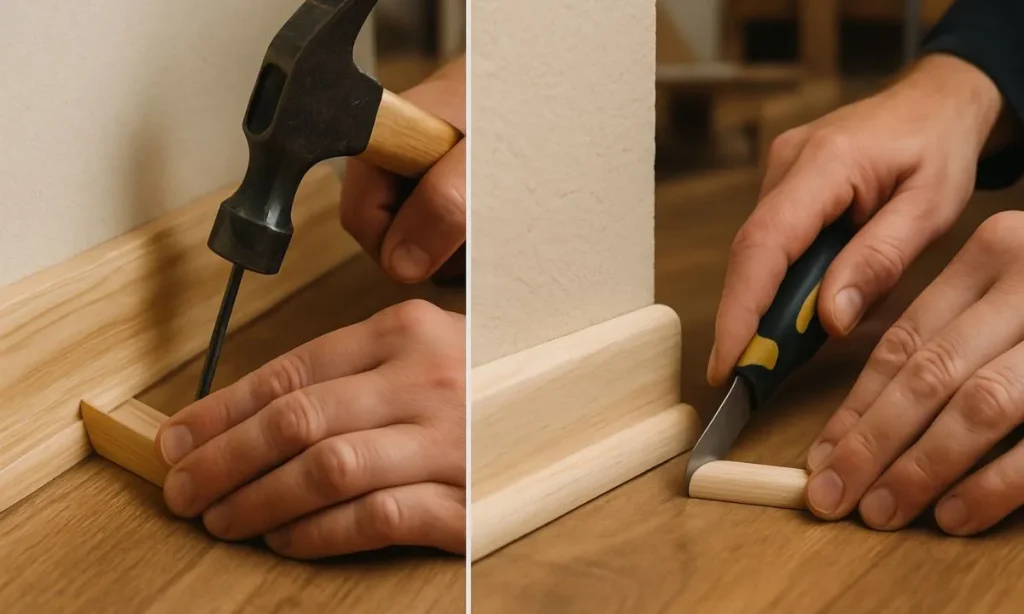
The discussion typically focuses on their visual characteristics and design features. Quarter round trim keeps a precise quarter-circle form with matching height and width dimensions, producing a consistent curved look. Conversely, shoe molding provides diverse profile options, occasionally appearing narrower or wider than typical quarter round sections.
Setup methods vary considerably when evaluating uses. Shoe molding commonly attaches straight onto the wall trim, forming a smooth joint between vertical surfaces and floor materials. Quarter round vs shoe molding installation demands distinct approaches for fastener positioning and angle cuts. Quarter round sections frequently need exact measurements because of their uniform shape, while shoe molding allows somewhat more adjustment flexibility during setup.
Both materials work best with finish nails positioned every 16 inches throughout their span. Creating small guide holes beforehand stops wood splitting, particularly with natural lumber types. Construction professionals typically choose shoe molding due to its accommodating characteristics, while home improvement enthusiasts value quarter round’s consistent cutting requirements and reliable profile dimensions.
Material Options and Cost Considerations
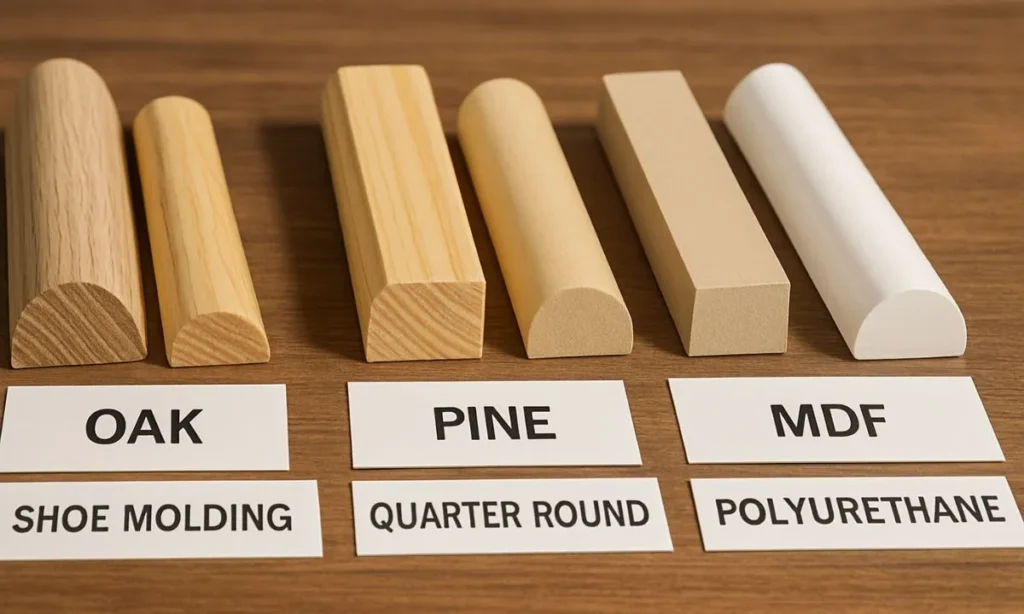
Material choices significantly impact the shoe molding vs quarter round selection process. Both trim types come in natural wood options, featuring oak, pine, poplar, and maple selections. MDF alternatives offer budget-friendly solutions for painted applications, delivering smooth finishes without visible wood texture patterns. When evaluating quarter round vs shoe molding materials, consider your space’s humidity conditions and planned surface treatment.
Pre-finished MDF performs well for painted projects, while natural wood options accept stains effectively. Engineered materials handle moisture better than conventional wood choices, making them appropriate for wet areas like bathrooms and kitchens. Bendable polyurethane options work with curved walls and uneven surfaces where stiff materials could split or separate during installation.
Financial factors frequently affect the choice for property owners and builders. Typically, both trim options exist within comparable price categories, with material composition influencing expense more than profile design. Quarter round vs shoe molding costs change according to wood type, piece length, and grade quality. MDF options usually cost less than solid lumber choices, while high-end hardwood types require larger investments.
Best Applications and Maintenance
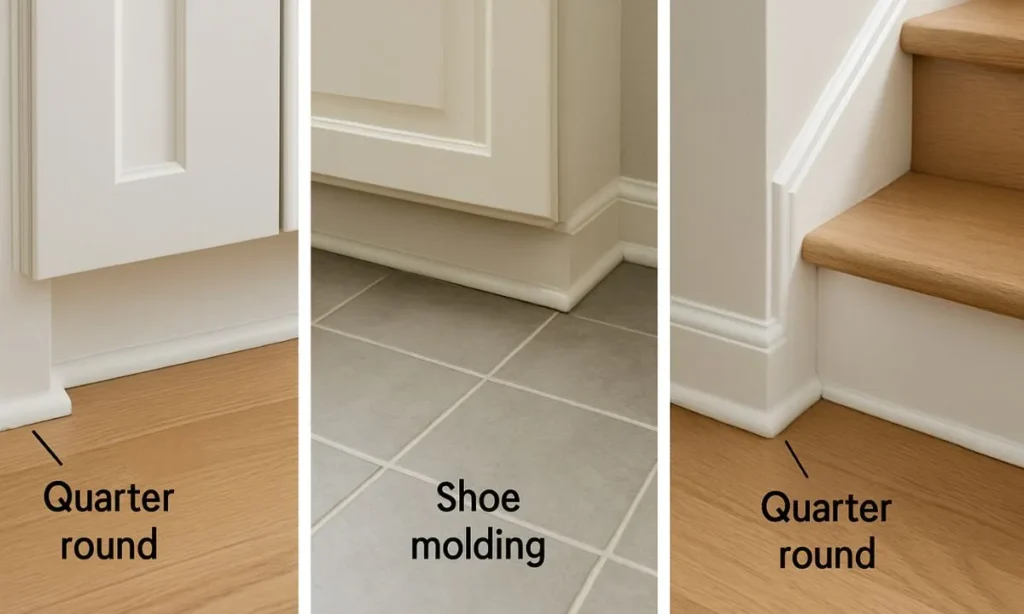
Selecting between shoe molding vs quarter round relies heavily on your intended use and design objectives. Shoe molding performs particularly well with wider wall trim, creating smooth transitions without dominating the complete trim appearance. Quarter round vs shoe molding choices frequently support quarter round for narrower trim or modern designs needing clear definition.
Both choices function well around step edges, though shoe molding provides superior adaptability for uneven surfaces. Kitchen and bathroom installations benefit from water-resistant materials in either profile type. Common living spaces and sleeping areas work equally well with both options, with individual taste determining the ultimate choice.
Extended upkeep factors influence the choice for numerous property owners. Both trim types need comparable cleaning and care schedules, though their shapes produce varying dust-gathering features. Quarter round vs shoe molding upkeep variations mainly concern their curved areas and how readily debris collects in their contours.
Routine cleaning with brush tools maintains both types looking fresh and appealing. Painted surfaces on either option might need occasional touch-ups, particularly in busy areas. Natural wood types require regular checks for separations or nail issues from seasonal wood movement. Correct installation with proper hardware reduces future maintenance requirements.
Making Your Final Decision

Your ultimate shoe molding vs quarter round selection should match your design goals, budget limits, and installation needs. Think about your wall trim thickness, room character, and individual preferences while reviewing these choices. Quarter round vs shoe molding decisions improve by examining real samples within your area under your actual lighting setup.
Most property owners discover that either option works well for their situations, with minor variations becoming clearer during installation. Speak with trim specialists or skilled contractors when unsure which type best matches your project. Both choices deliver great value and appealing outcomes when correctly chosen and installed.
Conclusion
Through years of home improvement work, I’ve discovered the shoe molding vs quarter round choice truly depends on your particular situation. When you have wider wall trim and prefer something sitting flat against it, choose shoe molding. For a more pronounced, curved appearance that complements narrower trim, the quarter round works perfectly. Both choices cost about the same and install comparably, so avoid overcomplicating the decision. The discussion sometimes becomes complex, but truthfully, either selection looks fantastic with proper installation. Choose what seems right for your room, purchase good materials, and work carefully during installation. Those factors create the actual impact.
